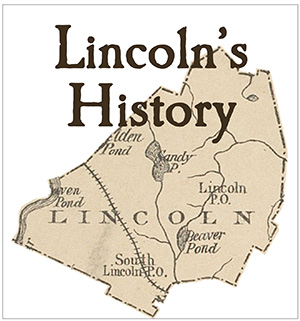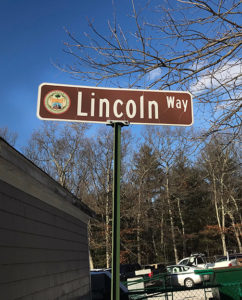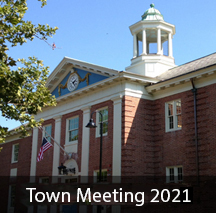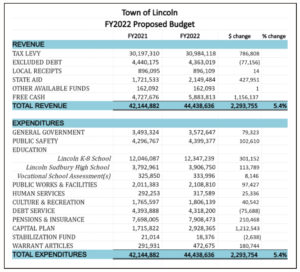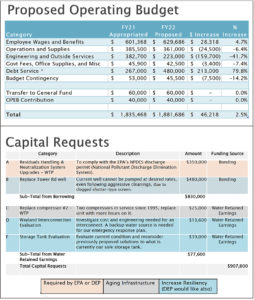By Don Hafner
Before 1933, Lincoln’s road names appeared and vanished by local custom and official whim.
Consider the experience of these Lincoln residents. In 1910, according to Lincoln’s official census taker, Edward and Mary Farrar lived on the Concord and Framingham Road (today’s Route 126). In the 1920 census, they lived on Walden Street. In 1930, they resided on Farrar Road. In 1910, the town census taker listed Ellen Ehlert on Oxbow Road. In 1920, she was on Ehlert Road. In 1930, she had joined the Farrars on Farrar Road. In 1910, Euphena Hunter was Ellen Ehlert’s neighbor on Oxbow Road. In 1920, she was Ellen’s neighbor on Ehlert Road. By 1930, she was back on Oxbow Road.
The point is, none of these residents had ever moved during these 20 years. Only the names that the town’s census takers tacked onto their roads had come and gone. The 1910 census listed 24 road names in Lincoln. In the 1930 census, half of those names had vanished, replaced by a two dozen new names. Residents and the town’s census takers got into the spirit and simply invented road names.
The town knew it had a problem. In 1906, a committee was directed to report back at the next annual meeting with a recommendation on “naming the different roads of the town.” It never did. Then in 1912, the town tried again and instructed the same committee members to report back at the next annual meeting. Again, they never did. In 1915, town meeting was asked again “if the Town will take any action in reference to naming its roads.” The meeting “voted to pass over the article.” And there the matter stood for the next 17 years.
In 1932, the town tried one more time. Another committee was appointed, it returned its report later that year, and in March 1933, the town meeting accepted the committee’s recommendations for 32 names of Lincoln’s roads.
Well, almost. One last street. Renaming Station Road as Lincoln Road proved contentious. Some wanted Lincoln Road, others Lincoln Centre Road, others wanted no change at all. (No change at all? Maybe they should have called it The Lincoln Way?) So a new committee of Station Road residents was appointed to consider the matter. It only took them a year to decide that the name should be Lincoln Road. And by town vote on February 24, 1934, Lincoln finally had official road names.
“Lincoln’s History” is an occasional column by members of the Lincoln Historical Society.
